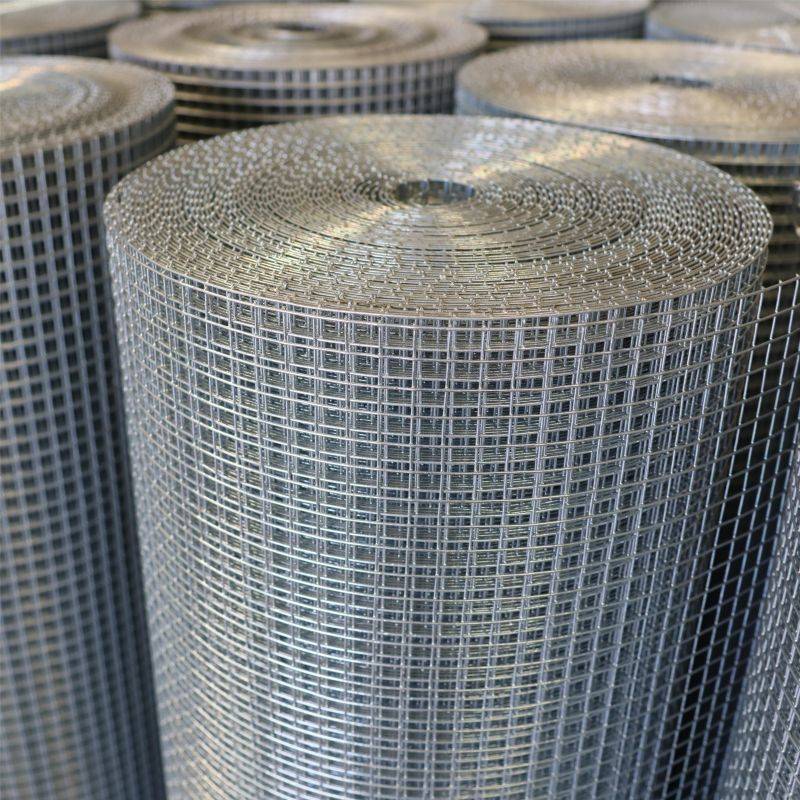Wire Mesh Products and Specifications Comprehensive Guide for Various Applications
Wire Mesh Catalogue An Essential Resource for Industrial Applications
Wire mesh, a versatile and durable material, is widely used across various industries for multiple applications. From construction to agriculture and manufacturing, wire mesh serves as a critical component in creating structures that require strength, safety, and precision. The significance of a comprehensive wire mesh catalogue cannot be understated, as it provides detailed information on the types, specifications, and applications of wire mesh products.
A wire mesh catalogue is essentially a detailed guide that outlines the various types of wire mesh available in the market. These categories include woven wire mesh, welded wire mesh, perforated metal, and decorative wire mesh, among others. Each type has unique characteristics that make it suitable for specific applications. For instance, woven wire mesh is often used for filtration and separation processes due to its intricate design and variety of mesh sizes. Conversely, welded wire mesh offers superior strength and is typically employed in construction projects, reinforcement, and as fencing material.
Types of Wire Mesh
1. Woven Wire Mesh This type of mesh is created by interlacing wires in a crisscross pattern. It is known for its flexibility and is available in various wire diameters and opening sizes. Woven wire mesh is commonly used for applications like screening, filtration, and sieving in industries ranging from food processing to mining.
2. Welded Wire Mesh As the name suggests, welded wire mesh is produced by welding intersecting wires at their junctions to create a smooth, rigid structure. This type of mesh exhibits enhanced strength and durability, making it ideal for construction applications, such as concrete reinforcement, safety barriers, and livestock enclosures.
3. Perforated Metal While not a traditional wire mesh, perforated metal sheets feature a series of holes punched into a solid sheet, offering excellent strength and a high degree of customization. This material is often used for architectural applications, sound control, and filtration systems.
4. Decorative Wire Mesh Combining functionality and aesthetics, decorative wire mesh is used in architectural designs, furniture, and interior decor. With a vast selection of patterns and finishes, it is an excellent choice for enhancing visual appeal without compromising strength.
wire mesh catalogue

Specifications and Standards
A well-crafted wire mesh catalogue also provides essential specifications and standards that guide the selection process. These include wire diameter, mesh opening size, material type, and coating options. Common materials used in wire mesh production are stainless steel, carbon steel, galvanized steel, and aluminum. Each material has its advantages; for instance, stainless steel wire mesh offers high corrosion resistance, making it suitable for harsh environments, while galvanized wire mesh is prized for its cost-effectiveness and durability.
Industry standards, such as ASTM (American Society for Testing and Materials) and ISO (International Organization for Standardization), play an important role in ensuring that wire mesh products meet safety and performance requirements. The catalogue often includes compliance details that assist engineers and buyers in selecting mesh products that adhere to relevant regulations.
Applications Across Industries
Wire mesh has a multitude of applications in various sectors, reflecting its adaptability and strength. In the construction industry, it is used for reinforcement, safety barriers, and facades. In agriculture, wire mesh fencing protects crops from pests and animals while allowing for ventilation. The automotive and aerospace sectors utilize wire mesh for filtering applications and component manufacturing. Furthermore, wastewater treatment facilities employ wire mesh for screening debris and controlling flow rates.
Conclusion
The wire mesh catalogue stands as an invaluable resource for engineers, architects, and buyers seeking reliable and detailed information on wire mesh types and specifications. With a wealth of options available, the right wire mesh can significantly enhance the efficiency, safety, and aesthetic appeal of a project. Understanding the features and applications of different wire mesh products is vital for making informed decisions and ensuring the intended function and durability of the mesh. As industries continue to evolve, so will the innovations in wire mesh technology, making the catalogue an essential tool for future projects.
-
Space-Saving Chain Fence Hacks Vertical Gardening with Cyclone MeshNewsJul.16,2025
-
Innovations in Iron Nail Wire Production for Modern ConstructionNewsJul.16,2025
-
Creative Uses of Wire Netting Fence in Modern Landscape DesignNewsJul.16,2025
-
Barbed Wire Fence Innovations in Anti-Climb TechnologyNewsJul.16,2025
-
Architectural Uses of Umbrella Nails for Aesthetic Roof DesignsNewsJul.16,2025
-
Architectural Uses of Razor Barbed Wire in Secure Urban DesignNewsJul.16,2025




